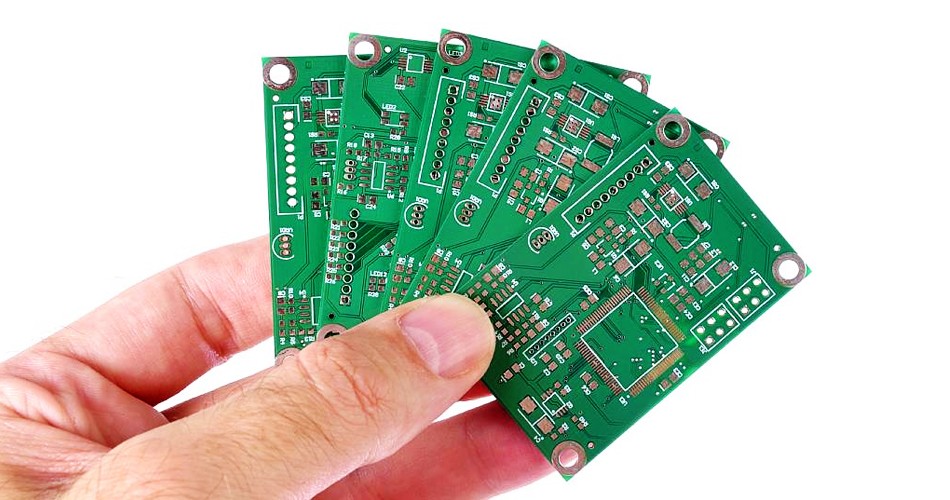- English
- Español
- Português
- русский
- Français
- 日本語
- Deutsch
- tiếng Việt
- Italiano
- Nederlands
- ภาษาไทย
- Polski
- 한국어
- Svenska
- magyar
- Malay
- বাংলা ভাষার
- Dansk
- Suomi
- हिन्दी
- Pilipino
- Türkçe
- Gaeilge
- العربية
- Indonesia
- Norsk
- تمل
- český
- ελληνικά
- український
- Javanese
- فارسی
- தமிழ்
- తెలుగు
- नेपाली
- Burmese
- български
- ລາວ
- Latine
- Қазақша
- Euskal
- Azərbaycan
- Slovenský jazyk
- Македонски
- Lietuvos
- Eesti Keel
- Română
- Slovenski
- मराठी
- Srpski језик
Cost-benefit analysis and budget planning in PCBA processing
2024-04-29
Cost-benefit analysis and budget planning in PCBA processing are critical steps to ensure project success. Here are some key steps and considerations:

1. Set Project Goals:
Determine the specific goals of the PCBA project, including product specifications, quality standards, production quantity, delivery time, etc. These goals will guide cost-benefit analysis and budget planning.
2. Cost-Benefit Analysis:
Material Cost: Estimate the cost of raw materials and components required, including PCBs, components, connectors, circuit boards and other necessary parts.
Labor Costs: Estimate labor costs, including wages for operators, technicians, and managers, as well as associated training and training costs.
Equipment and facility costs: Consider the cost of production equipment and factory facilities, including purchase, lease, maintenance and energy costs.
Quality control costs: Consider the costs of implementing quality control and testing, including inspection, testing equipment, and personnel training costs.
Logistics and Shipping Costs: Estimate shipping costs for raw materials and finished goods, including transportation, packaging and warehousing charges.
Maintenance and warranty costs: Consider the cost of product maintenance and warranty, including after-sales service and support during the warranty period.
Risks and reserves: Set aside a certain budget to deal with risks and unforeseen cost increases, such as material price increases, production delays, etc.
3. Budget Planning:
Detailed Budget: Develop a detailed budget that includes specific amounts for each project cost component. This can be managed by using spreadsheet tools so that they can be updated and tracked at any time.
Timetable: Develop a timetable to determine when each cost will be spent. This will help ensure that adequate funding is available while the project is ongoing.
Risk management: Consider potential risks and uncertainties and set aside some reserves in your budget to deal with these risks.
4. Cost-Benefit Analysis and Decision-Making:
Conduct a cost-benefit analysis to evaluate the expected benefits and costs of the PCBA project.
Compare different manufacturing methods, suppliers and material options to find the most economical and budget-friendly option.
Make decisions about whether to continue a project and whether budget or project size adjustments need to be made.
5. Control Costs:
Implement cost control measures, monitor budget execution, and promptly identify and respond to budget overruns or cost increases.
Budgets for the PCBA project are regularly reviewed and updated to reflect project realities and changes.
6. Periodic Review:
Regularly review PCBA project progress and cost status to ensure the project remains within budget and take necessary corrective actions.
In PCBA processing projects, cost-benefit analysis and budget planning are key steps to ensure that the project proceeds as planned and is successful. These steps help manage costs, reduce risk, and ensure projects are completed within budget.
-
Delivery Service






-
Payment Options









